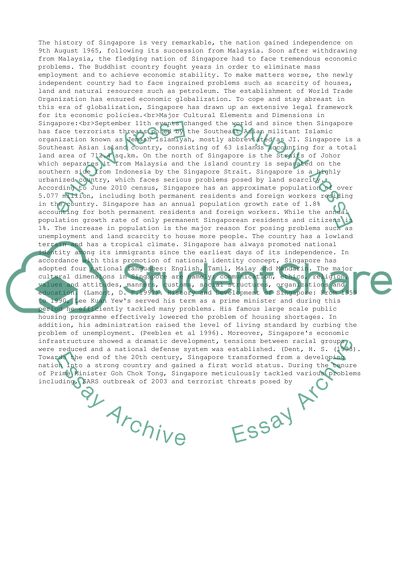Cite this document
(“Global Business Cultural Analysis: Singapore Research Paper”, n.d.)
Retrieved from https://studentshare.org/business/1432568-global-business-cultural-analysis
Retrieved from https://studentshare.org/business/1432568-global-business-cultural-analysis
(Global Business Cultural Analysis: Singapore Research Paper)
https://studentshare.org/business/1432568-global-business-cultural-analysis.
https://studentshare.org/business/1432568-global-business-cultural-analysis.
“Global Business Cultural Analysis: Singapore Research Paper”, n.d. https://studentshare.org/business/1432568-global-business-cultural-analysis.


